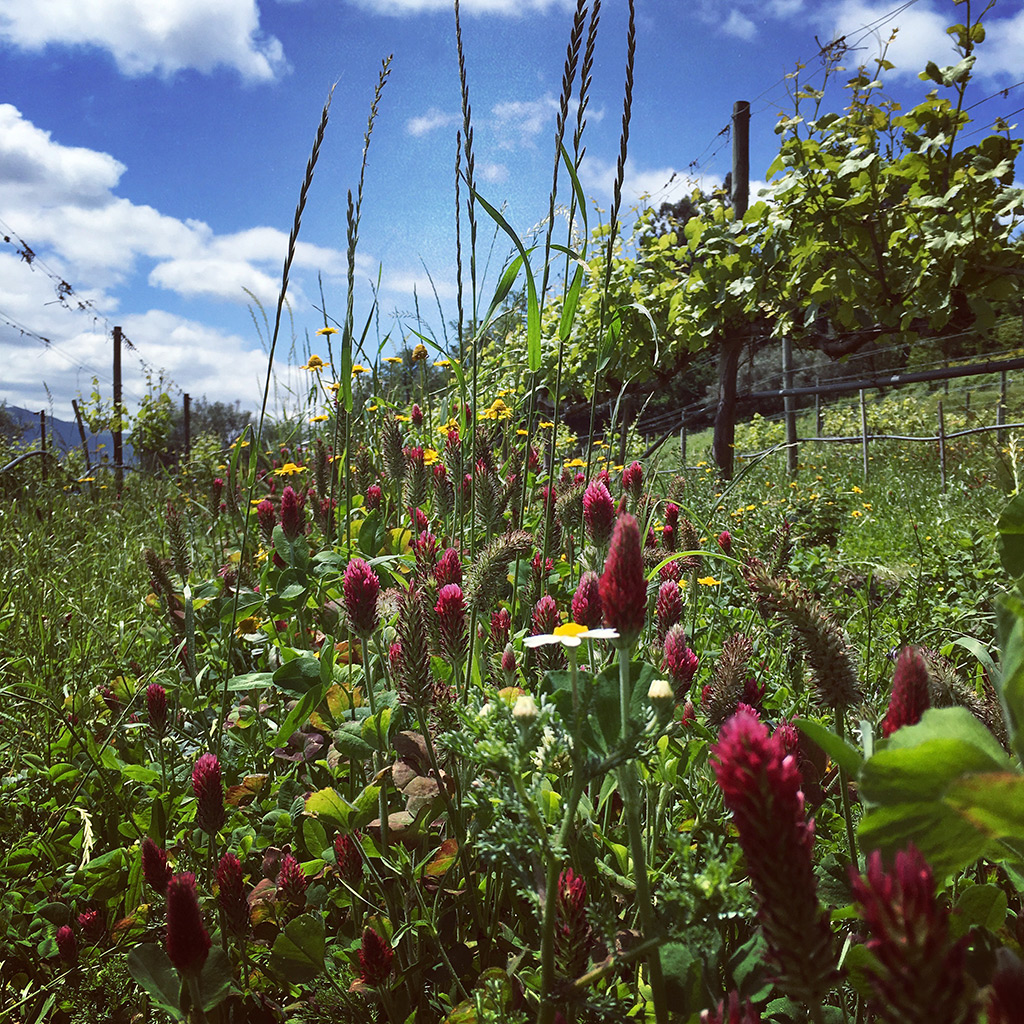
Cover Crops in Vasco Croft’s biodynamic Loureiro Vineyard in Vinho Verde, Portugal
I was recently invited to offer three recommendations that could help nudge the wine industry toward sustainability. I’m no expert, but having just visited dry Washington State, I thought about water; having a penchant for soil, I thought about organics; and having a predisposition toward quality, I thought: less (and better) is more.
Read my suggestions, along with the contributions of two other writers, in How to Make The Wine Industry More Sustainable.




I was just listening to Levi Dalton’s interview with Christian Moueix, and they discussed Moueix being unwilling to irrigate the Nappanook vineyard for Dominus. Granted that’s a very pricey wine, so they can do pretty much whatever they want, but it’s part of making a wine that speaks to where it’s grown, versus creating a commodity.
Commodity wine is not good-in many ways!
I’m a fan of dry-farming whenever possible. New plantations need irrigation, but once the vines get a toe-hold they often can go without. I know one excellent Napa grower who irrigates right after harvest, so the plants can re-charge after that stress.